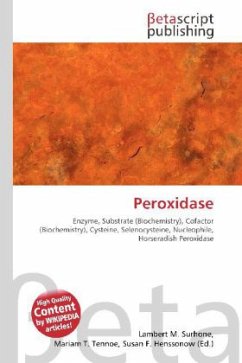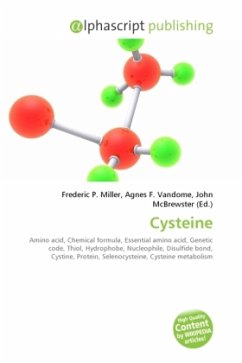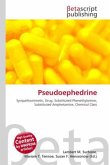Please note that the content of this book primarily consists of articles available from Wikipedia or other free sources online. S-Palmitoylation is the covalent attachment of fatty acids, such as palmitic acid, to cysteine residues of membrane proteins. The precise function of palmitoylation depends on the particular protein being considered. Palmitoylation enhances the hydrophobicity of proteins and contributes to their membrane association. Palmitoylation also appears to play a significant role in subcellular trafficking of proteins between membrane compartments, as well as in modulating protein-protein interactions. In contrast to prenylation and myristoylation, palmitoylation is reversible. This allows the cell to dynamically regulate the location of specific proteins. An example of a protein that undergoes palmitoylation is hemagglutinin, a membrane glycoprotein used by influenza to attach to host cell receptors. Because S-palmitoylation is a dynamic, post-translational process, it is believed to be employed by the cell to alter the subcellular localization, protein-protein interactions, or binding capacities of a protein.








